Echoes of History, Flames of Renewal: The Resilient Heart of Piracicaba's Public Market
Discover Piracicaba's historic Mercado Municipal: a 137-year-old cultural beacon. Explore its deep roots, vibrant community, and remarkable resilience after recent challenges.
Opening the Gates of Time
Step into the heart of , and you'll find a landmark that doesn't just stand; it breathes history. The , a venerable institution inaugurated in 1888, holds a unique distinction as one of Brazil's few 19th-century markets still operating in its original location. This isn't merely a point of architectural pride; it signifies an unbroken thread connecting generations of Piracicabanos to their past. Recognized as a cultural heritage site, the 'Mercadão' — as it's affectionately known — isn't just a building; it's a living archive, a repository of countless family narratives woven into its very fabric. Each year, it commemorates another milestone, recently celebrating its 137th anniversary, a testament to its enduring relevance. Its robust presence is undeniable, drawing an impressive 220,000 visitors monthly, a vibrant hub where approximately 350 concessionaires and staff contribute to its daily pulse. This market is more than commerce; it's a continuous story unfolding, echoing through the decades.
Centuries of Sustenance and Stories
For over a century, the has been far more than just a place to buy goods; it has been the crucible where some of Piracicaba's most cherished traditions were forged and continue to thrive. Its sturdy walls have witnessed the evolution of the city itself, serving as a constant in the everyday lives of its residents. The market’s historical significance extends beyond its age; it’s about the very fabric of community life it has sustained. Imagine the bustling scenes of yesteryear, where goods arrived by oxcarts and animals quenched their thirst at communal troughs, a stark contrast to the modernized market we see today. Yet, the essence remains. This is where generations of families have not just earned their livelihoods but have also passed down their knowledge, their recipes, and their very identity through the traditional stalls. It’s a vibrant stage where the city’s past and present converge, offering a tangible link to a heritage shaped by commerce, culture, and countless personal narratives. The market truly is a reference point, both for its pioneering business spirit and its architectural legacy in the interior of .
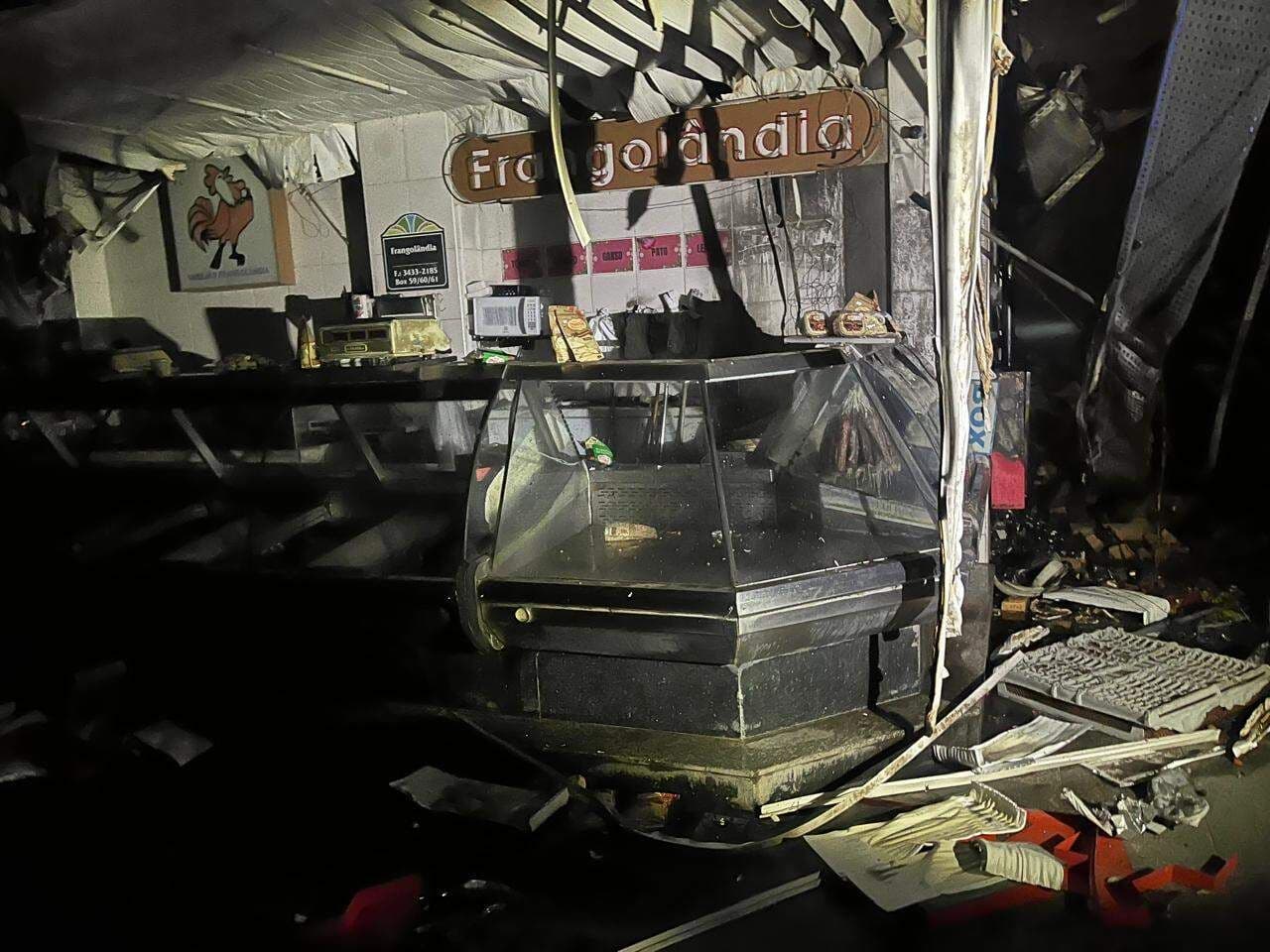
The Unseen Threads: Faces Behind the Stalls
While the grand architecture tells one story, the true narrative lies in the unseen threads connecting the people who breathe life into its stalls. This market is powered by hundreds of families, many of whom have run their businesses for generations, their legacies passed down like precious heirlooms. From stalls nearing a century of operation to those recently opened by new entrepreneurs, the market is a dynamic tapestry of experience and ambition. The 350 concessionaires and employees aren't just vendors; they are the heartbeats of the , each with their own unique story, contributing to the vibrant hum that draws over 220,000 people through its gates every month. They are the keepers of traditions, the purveyors of local flavors, and the friendly faces that make the market a cherished destination. Their dedication transforms the from a mere building into a living, breathing entity, a collective memory where familiar faces and shared histories are as much a part of the experience as the goods on offer. It's in these human connections that the market's true resilience is found.

Rising from the Ember Glow
The resilience of the , however, was put to a devastating test in the early hours of a recent Wednesday morning. A massive , with flames reaching high into the roof, ripped through the beloved landmark. The scene was one of intense destruction, with at least twenty stalls consumed by the inferno and parts of the roof collapsing. Firefighters battled the blaze relentlessly from around 2 AM, their heroic efforts preventing a complete catastrophe, though approximately 25% of the historic space was ultimately affected. As dawn broke, the air hung heavy with the smell of smoke, and the true extent of the devastation became painfully clear. Twisted metal and charred debris lay scattered where vibrant businesses once thrived. For dozens of families, this wasn't just physical damage; it was the loss of their sole source of livelihood, their heritage turned to ashes. The images of the aftermath were heartbreaking, a stark reminder of the fragility of even the most enduring institutions. Yet, even amidst the smoldering ruins, the spirit of the , and the city it serves, began to stir, ready to face the daunting path to recovery.
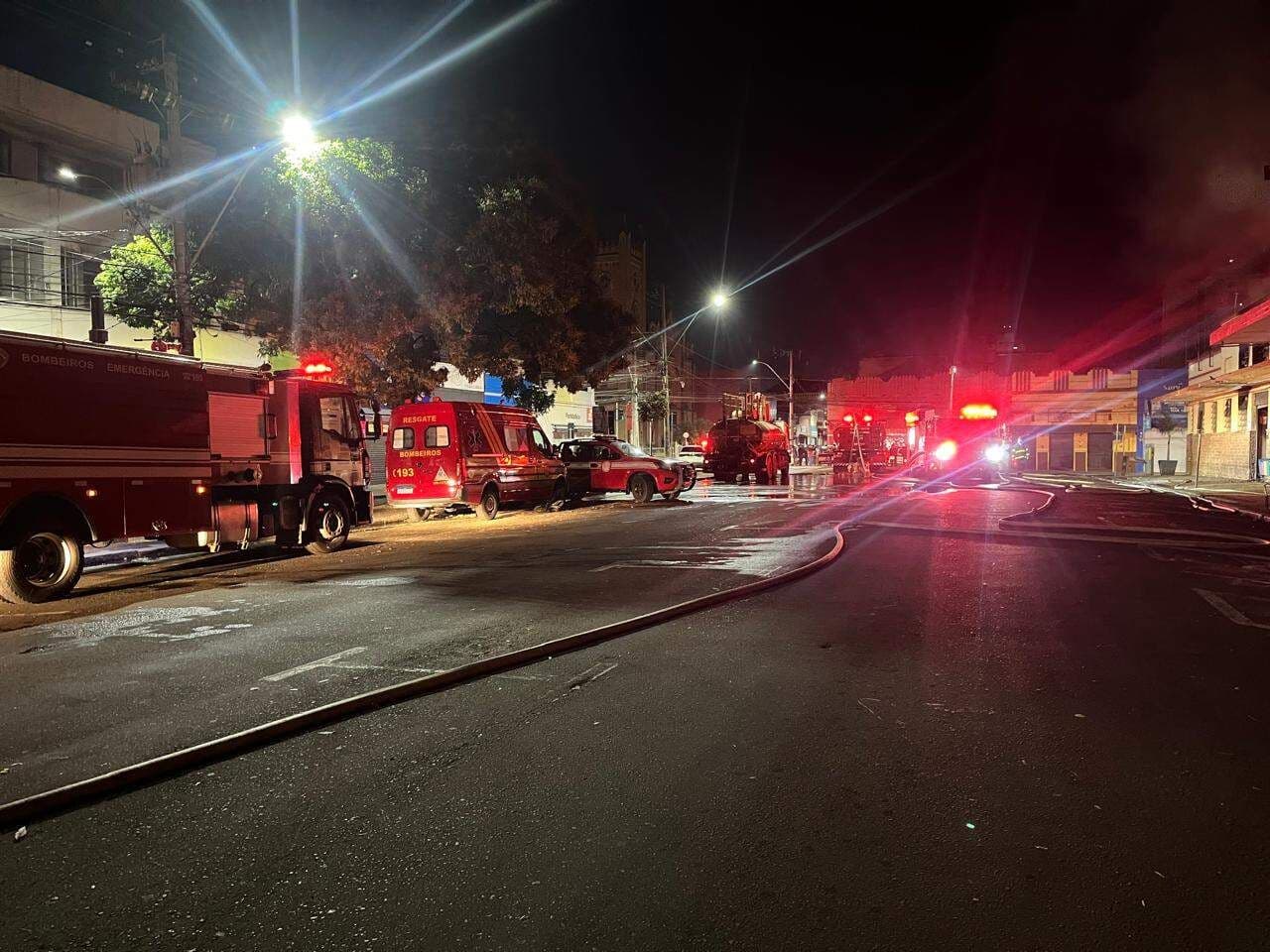
The Beating Pulse of Piracicaba
The devastating , though a severe blow, could not extinguish the deep-rooted spirit of the . This historic market, a cultural heritage site and one of Brazil's oldest continually operating markets, embodies more than just commerce; it represents the very resilience of the community it serves. Its 137 years of existence are not just a count of time, but a testament to its enduring role as a central pillar of daily life and traditions. Despite the charred remains and the immense challenges faced by the 150 concessionaires, the remains a beacon of hope. It's a place where collective memory resides, where generations have connected, and where the city's unique identity is profoundly expressed. The commitment of its 350 workers and the continued patronage of 220,000 monthly visitors underscore an unbreakable bond. The isn't merely a collection of stalls; it’s the beating pulse of , a vibrant symbol that, even from the ember glow, promises to rise again, stronger and more meaningful than ever, reaffirming its vital place in the city's future.
Related Articles
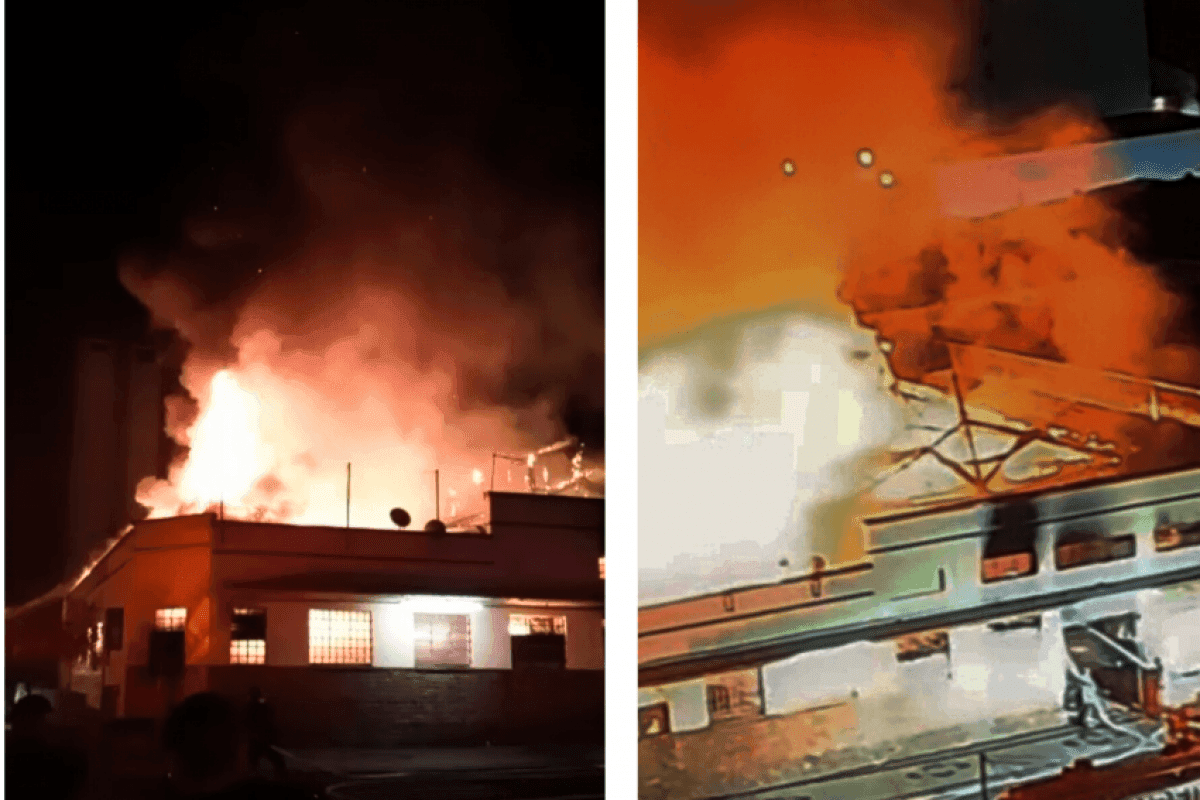
The Market's Unwritten Chapter: Piracicaba's Historic Hub Faces Its Next Test

The Market's Unwritten Chapter: Piracicaba's Historic Hub Faces Its Next Test

The Silent Pulse of Odesa: Pryvoz Market's Indomitable Spirit Amidst the Rubble

The Silent Pulse of Odesa: Pryvoz Market's Indomitable Spirit Amidst the Rubble
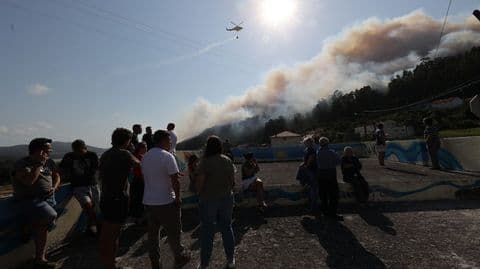
Ponteceso's Scorched Heritage: The Electrical Spark That Ignited a Region's Trauma

Ponteceso's Scorched Heritage: The Electrical Spark That Ignited a Region's Trauma
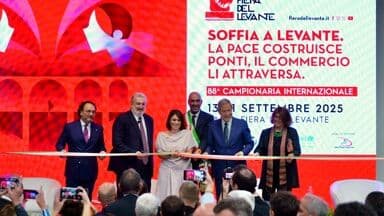
Echoes of the East Wind: Fiera del Levante's Enduring Quest for Connection and Peace
